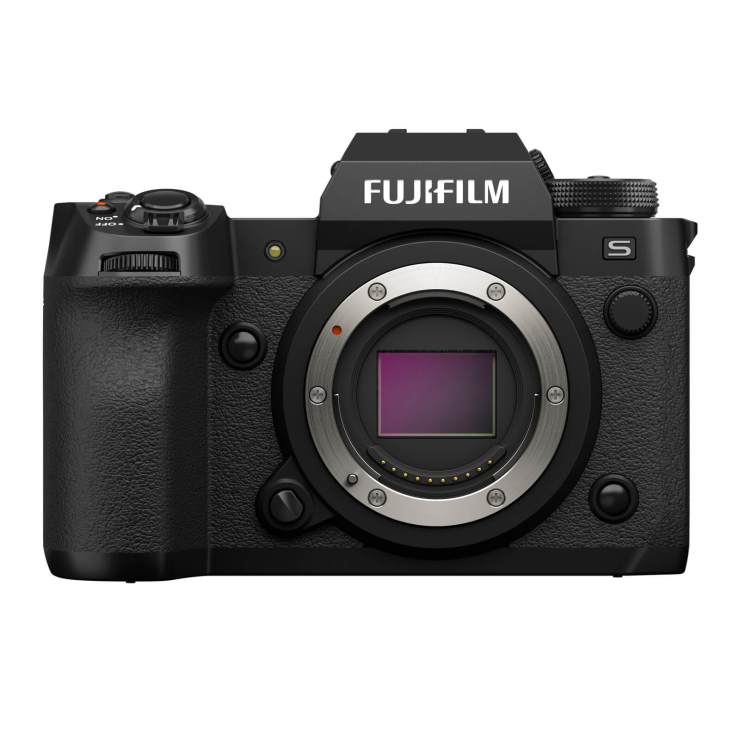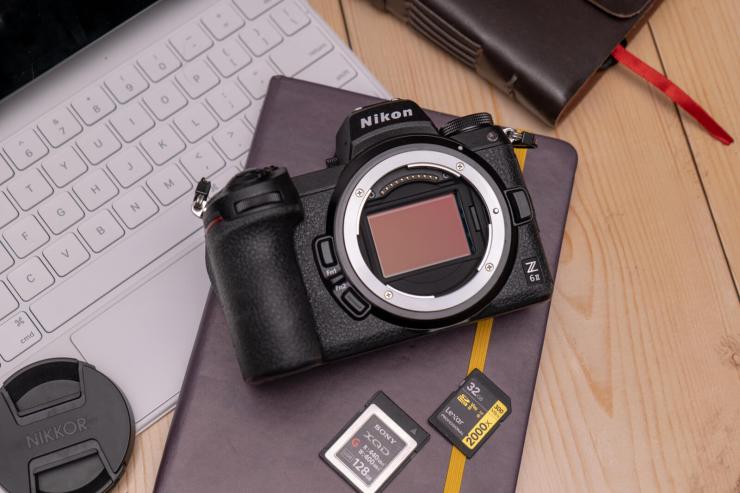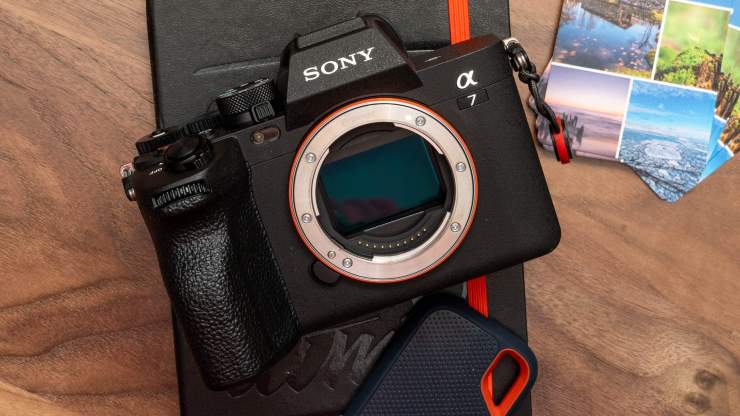I love new camera announcements as the next person, but supply chain issues have taken their toll.
Hardly a day goes by lately without us hearing about new cameras. Canon recently announced two new APS-C cameras, the EOS R7 and the EOS R10. Fujifilm wowed creators by announcing the Fujifilm X-H2S and the upcoming Fujifilm X-H2. There’s even speculation about new cameras from Sony (the a7r V) and Nikon (the Z30).
This is all well and good, and there’s certainly nothing wrong with manufacturers stoking the flames surrounding new products. However, every camera manufacturer right now is struggling to deliver. It’s not just cameras, either. Lenses are in short supply, and so are essentials like batteries (I’m looking at you, OMDS).
But, of course, other sectors like the computing and automotive industries are reeling too. So, is there any point in raising the expectations of photographers, creators and consumers in general right now when it’s nigh on impossible to get enough cameras and gear to market in the first place?
I know you don’t want to hear it, but …

Let’s back things up a little bit. Early 2020 (yes, I know, we want to forget), the pandemic hit and the world came to a screeching halt. Unfortunately, right before the pandemic started, one of the largest semiconductor manufacturing facilities in the world burned to the ground. These two issues combined, and what we’ve been left with is nothing short of a disaster regarding electronics.
The semiconductor supply chain is starting to straighten out, but we’re still a long way from being back to normal. In fact, some industry leaders recently suggested that it will be the beginning of 2024 before things are running smoothly. Demand for electronic components is far outpacing supply right now, and unless something gives, this will keep on keeping on.
All demand and no supply

So, why bring all of this up anyway? An article over at Fuji Rumors has shared a press release from Fujifilm. The announcement states that the X-H2S and 150-600mm zoom will be delayed for some time due to supply issues. Well, shock and horror! I didn’t see this coming. Fujifilm, it seems, has been struggling more during the past two years than anyone. Walk into any camera store — or look online — and you’ll be lucky to find any Fujifilm XF gear at all.
Unfortunately, camera companies have been rinsing and repeating the poor supply message for too long now. Olympus is still struggling to deliver the M.Zuiko 150-400mm F4.5 TC1.25x IS PRO. Sony has discontinued entire lines of cameras. OMDS is struggling to deliver the excellent OMDS OM-1 (here’s our review). Nikon and Canon can’t get enough supply of the EOS R3 and the Z9 to satisfy demand either.
So, again, is it worth even launching new cameras and lenses right now? I know that companies have to keep on moving forward. I also know they have to show us (and their competition) that they’re still innovating and developing. Still, when it’s taking multiple months, sometimes a year, to bring any meaningful amount of new product to market, what’s the point?
The new camera cycle needs to slow down

The truth is, we do not need this many new cameras. Like I said above, I’m a nerd, a geek, whatever you want to call me — I like gear! I’m a photographer who likes to hear about new technology and how it can improve our lives.
However, I also know any digital camera launched in the last 7-8 years (and even longer) is more than good enough for modern photographers. There’s barely a bad camera on the market. Even DSLRs from around 2015 and earlier are still are still up to snuff. Many new cameras on the market are cash grabs, and manufacturers know how to make you part with your money when you don’t need to.
Unfortunately, the camera release cycle has gone the way of the smartphone. We reached peak smartphone many years ago. We see nothing but meaningless incremental updates that do nothing to improve daily usage each year. Most upgrades in speed and performance are barely perceptible to us. Because of this, smartphone manufacturers are now dealing with low sales because people are — on average — keeping their phones for close to four years before upgrading, which is far longer than the upgrade period used to be.
The camera industry is following suit

This sales trend is starting to appear in the camera industry too. Cameras are so good these days that there’s simply no need to upgrade to supposed ‘bigger and better’ models as often as we used to.
Just like smartphone manufacturers, camera makers have played themselves by releasing too many cameras with too much technology too quickly. The average camera lifecycle used to be roughly four years and sometimes longer. The model release cycle has now dropped, on average, to two years or shorter. We simply don’t need to upgrade every two years. There’s no need to.
Keeping this in mind, it now seems like the ideal time for camera manufacturers to ease their foot off the gas pedal for a while. Camera manufacturers should, at a minimum, wait until the supply chain has stabilized before announcing new models so we can at least buy what is being teased. So, what do you think about the release model that camera manufacturers have adopted? How long do you wait before you upgrade to a new model? Let us know in the comment section below.
Tell your story with the second annual Visual Storytelling Conference!
Experience four days of interactive, online training sessions featuring a range of educational content with experienced photographers and content creators. This free event kicks off with a series of technical boot camps to build essential skills, followed by live, online sessions on photography, video, business and social media. Join live from March 10-13, 2022!
